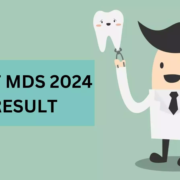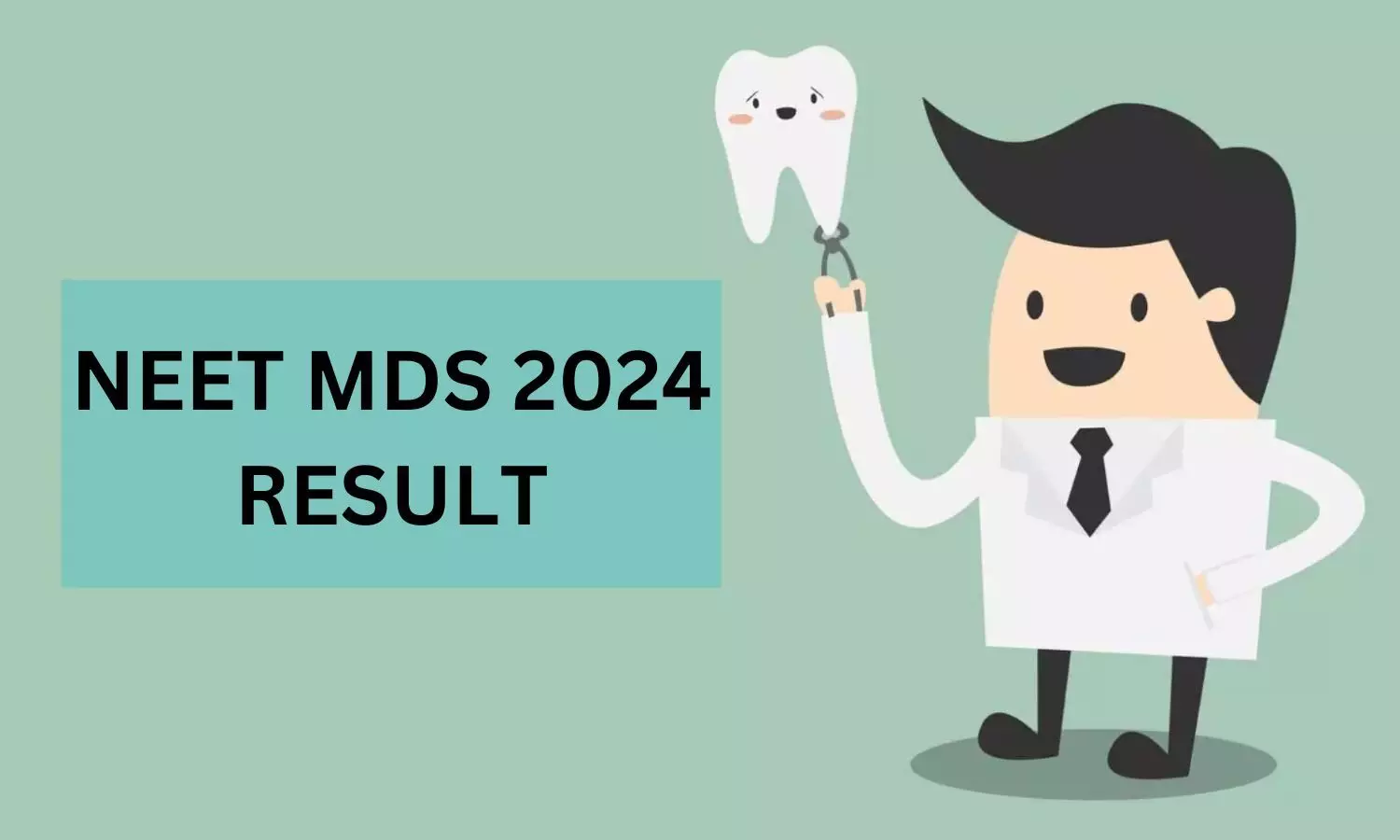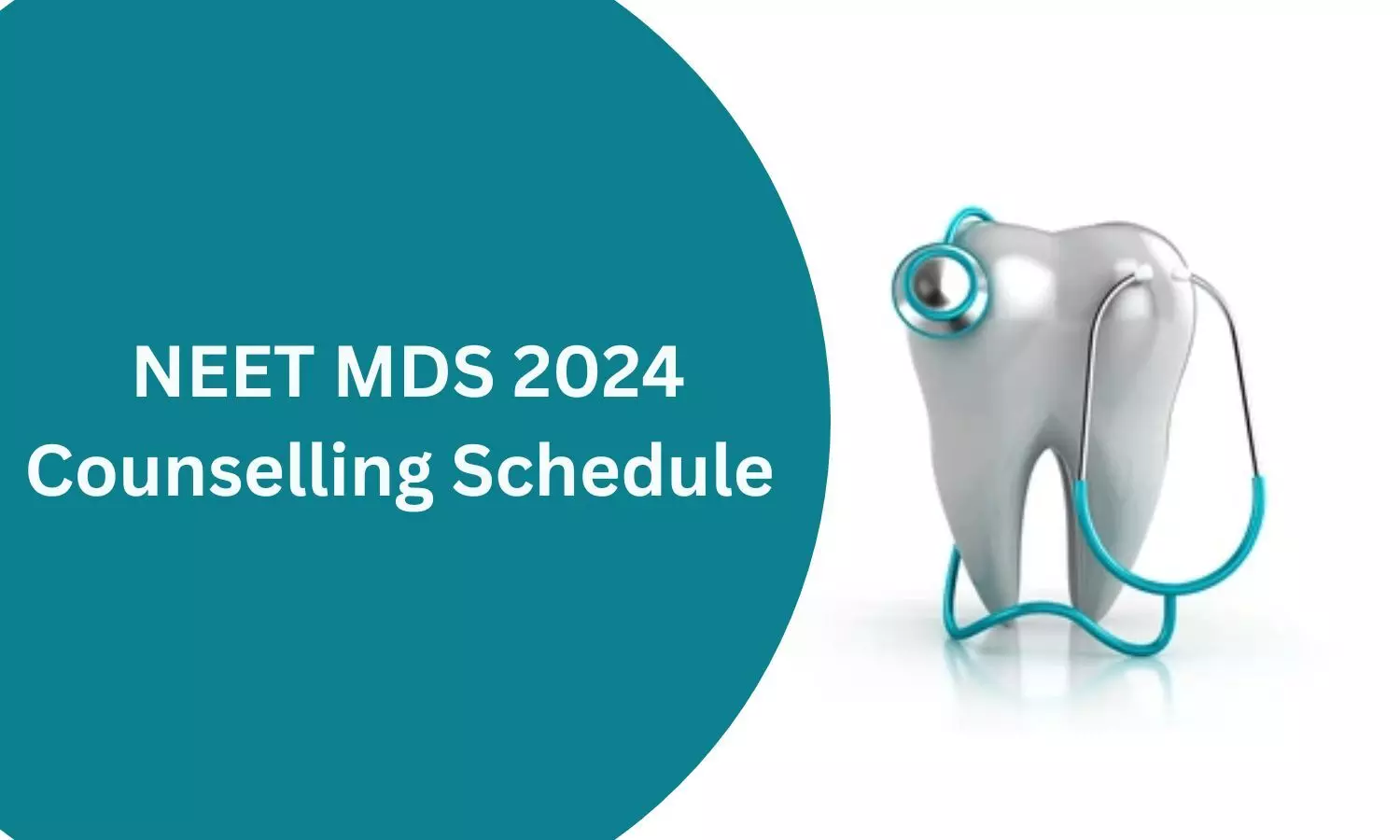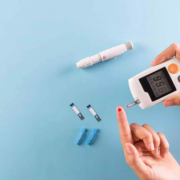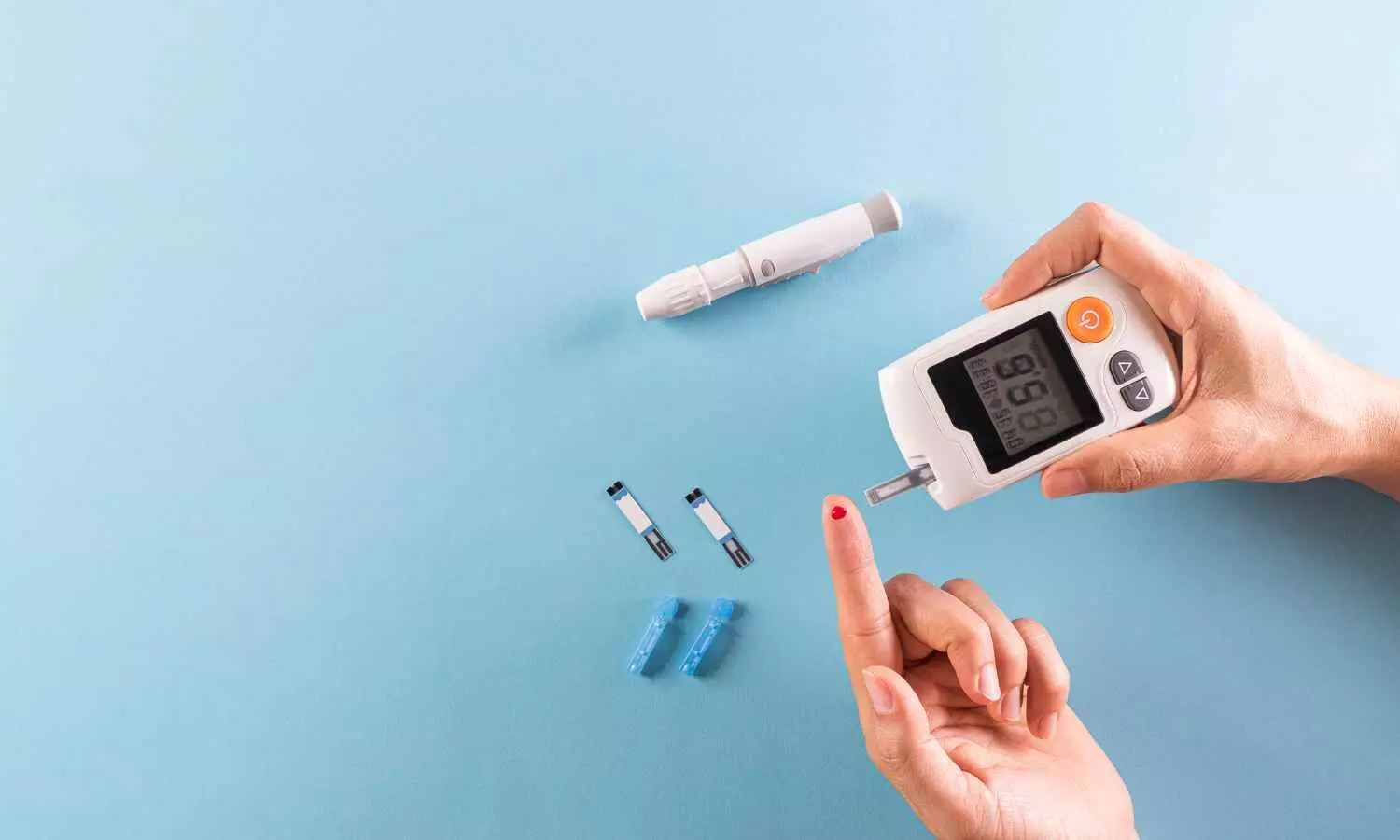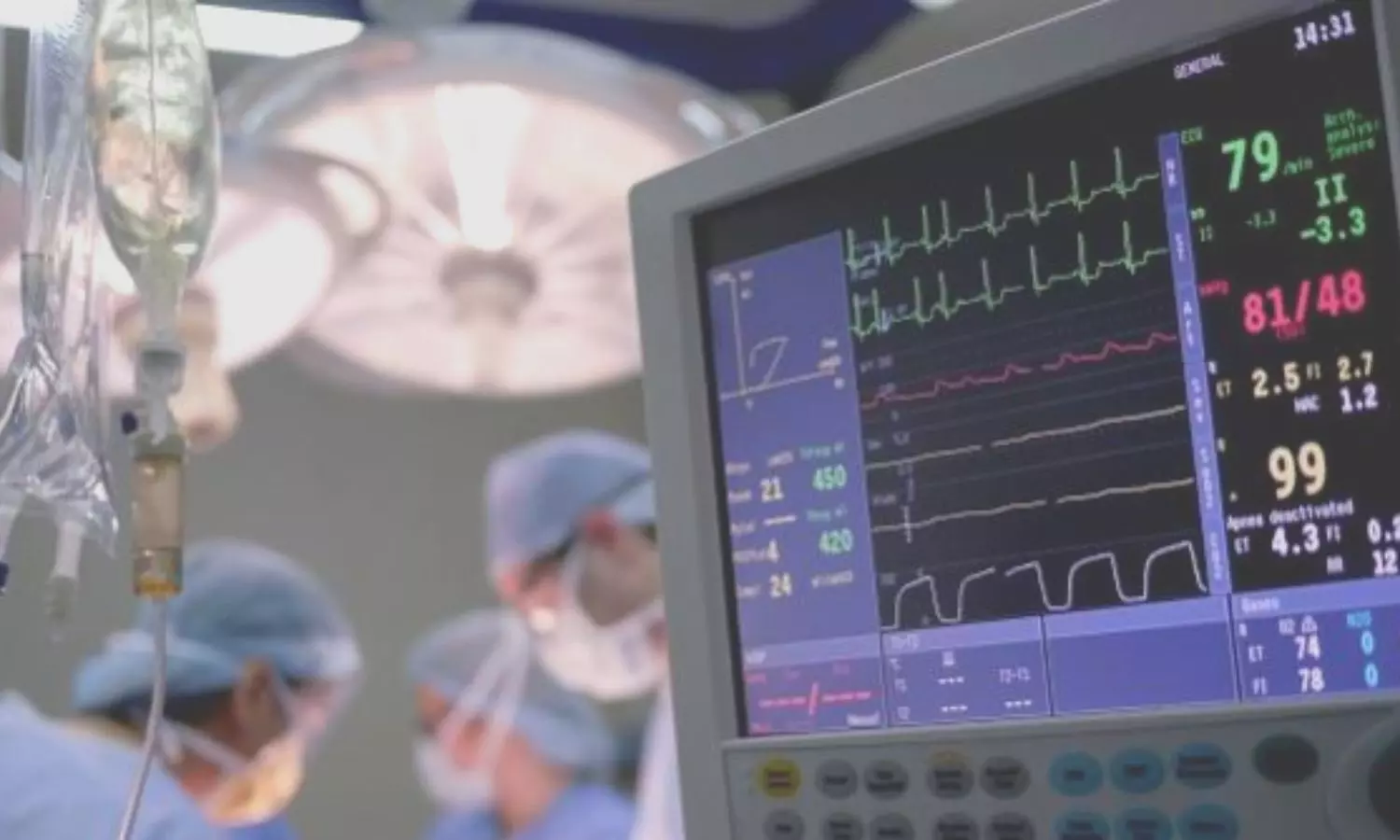New Delhi: On October 16th, 2024, as the world marks World Food Day with the theme ”Right to Food for a Better Life and Future,” the Ministry of Ayush is dedicated to supporting the United Nations’ Sustainable Development Goal 2 (SDG-2), aiming to eradicate hunger and enhance food security.
The Ministry of Ayush is making all efforts in promoting a healthier, disease-free and sustainable world through the power of Ayurveda Aahar.
Marking the significance of World Food Day, the Union Minister of State for Ayush (I/C) Shri Pratap Rao Jhadhav said, “On World Food Day, let’s remember that Ayurveda’s approach to food goes beyond mere sustenance – it aims to nourish the body, bring peace to the mind, and satisfy the soul, reconnecting us to our roots and guiding us to live in harmony with nature.
Let us acknowledge the significance of Ayurveda Aahar, which sees food as more than just a source of energy, but as a crucial element in maintaining a balanced body and mind. This day serves as a reminder of how a proper diet can impact not only personal health but also global food security and sustainable development, in alignment with Ayurvedic principles.”
Also Read:Union Health Minister launches ‘Ayurveda Aahar’ logo
Ayurveda provides cost-effective, sustainable and nutritious dietary solutions to combat the malnutrition crisis, as well as sustainability of food issue, affecting many regions globally. According to Ayurvedic principles – food is best medicine, thereby advising the consumers to partake right food in right manner, and nutritious enough to have a healthy life.
While underlining the developments around Ayurveda Aahar, Vaidya Rajesh Kotecha, Secretary, Ministry of Ayush informed, “The Food Safety and Standards Authority of India (FSSAI), has notified Ayurveda Aahar regulations through a Gazette notification in 2021. Following this development, we have observed renewed interest from diverse stakeholder groups, including the industry, in the concept of Ayurveda Aahar and this is revolutionizing the sector.”
The Indian Thali has garnered global attention for its significant impact on nutrition and sustainability, as recognized by the WWF Living Planet Report. This traditional plant-based diet, centered on grains, pulses, lentils, and vegetables, has credited with reducing natural resource usage and greenhouse gas emissions compared to animal-based diets. According to the report, if the world adopts India’s consumption patterns, only 0.84 of an earth will be in need by 2050 to sustain global food production.
Elaborating on the strength and potential of Ayurveda Aahar, Professor National Institute of Ayurveda (NIA) Jaipur, Shri Anupam Srivastava said, “Ministry of Ayush’s innovative approach towards the concept of Ayurveda Aahar, is perfectly aligned with the Sustainable Development Goal-2 (SDG-2) that concerns hunger, food security, nutrition, and sustainability.”
Based on this principle, the Ministry of Ayush has introduced the “Ayush Dietary Advisory for Kuposhan Mukt Bharat” to enhance nutritional outcomes, especially for children, pregnant women, and lactating mothers. In partnership with the Ministry of Women and Child Development, is taking significant strides toward realizing a Nourished India by endorsing an Ayush-based diet and lifestyle.
The Ayush Dietary Advisory seeks to enhance the nutritional well-being of at-risk populations by integrating Ayurvedic dietary principles into daily meals, presenting a distinctive and efficient approach to malnutrition. This aligns with the national mission to eradicate malnutrition and promote the health of future generations.
The Ministry of Ayush highlights how blending traditional wisdom with modern science can provide effective solutions for tackling global hunger and improving health outcomes for everyone through continuous efforts.
As we celebrate World Food Day 2024, the Ministry of Ayush reaffirms its commitment to promoting a disease-free world through the principles of Ayurveda Aahar, emphasizing natural nutrition, prevention, and wellness. By adopting Ayush dietary practices, we can move towards a world where food is a powerful tool for health and longevity. Through collaborative efforts within India and internationally, the Ministry of Ayush continues to advance its mission of improving nutritional outcomes, and creating a brighter, healthier future for all.
This acknowledgement positions India as a leader in sustainable food practices, demonstrating how local traditions can address environmental challenges while promoting overall health.
Also Read:AYUSH Ministry prohibits ‘Miraculous’ claims in advertisements for Ayurveda, Siddha drugs





